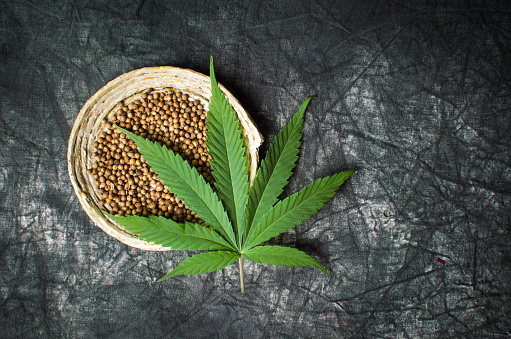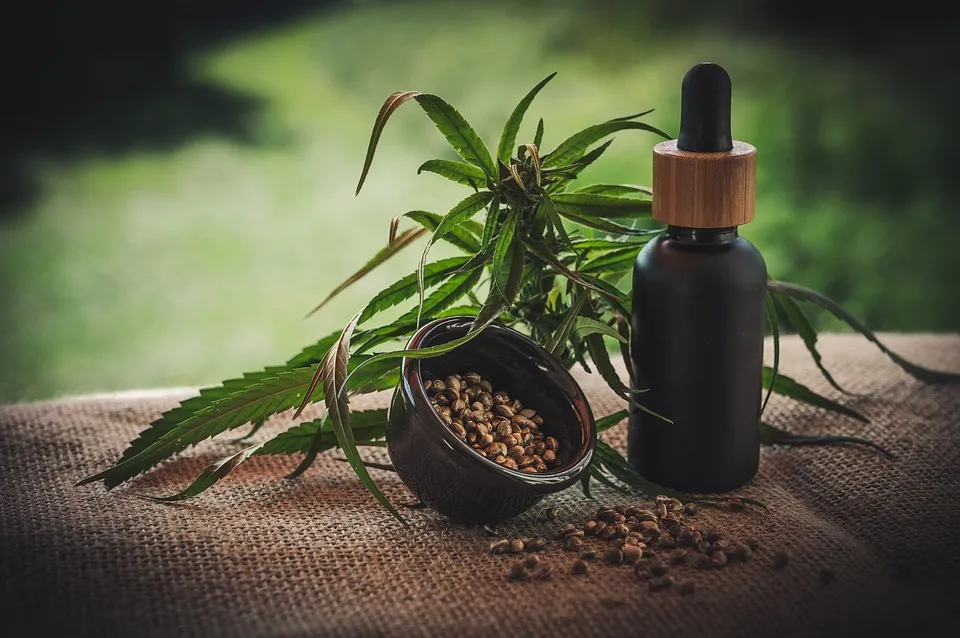The cannabis industry has witnessed tremendous growth in recent years, and with that comes a responsibility to cultivate Cannabis Seeds in an environmentally sustainable manner. As more individuals embrace cannabis for both recreational and medicinal purposes, there is a growing awareness of the ecological impact associated with its cultivation. In this blog post, we will explore the importance of sustainable practices in cannabis seed production, examining the current state of the industry and highlighting eco-friendly approaches for growers.

The Environmental Impact of Conventional Cannabis Cultivation
Traditional cannabis cultivation practices have often been associated with significant environmental concerns. Large-scale indoor cultivation facilities consume substantial amounts of energy for lighting, heating, and cooling, contributing to a substantial carbon footprint. Outdoor cultivation, while often considered more environmentally friendly, can pose risks related to water usage, pesticide runoff, and habitat disruption.
Energy Consumption
a. Indoor Grow Operations High-intensity lighting and climate control systems contribute to significant energy consumption. b. Outdoor Grow Operations: Dependence on artificial lighting in some regions can still lead to increased energy use.
Water Usage
a. Outdoor Cultivation Large-scale outdoor cultivation may strain local water resources, especially in regions with water scarcity. b. Indoor Cultivation: Hydroponic and other soilless cultivation methods can demand substantial water resources.
Pesticide and Chemical Use
a. Environmental Contamination: Runoff from conventional cannabis farms can introduce pesticides and chemicals into nearby ecosystems, affecting soil and water quality.
Sustainable Practices in Cannabis Seed Production
Recognizing the environmental impact of conventional cultivation methods, many growers and seed banks are embracing sustainable practices to reduce their ecological footprint. These practices focus on minimizing energy consumption, optimizing water usage, and promoting soil health.
Organic Cultivation
a. Soil HealthOrganic cultivation methods prioritize soil health through the use of organic fertilizers, cover cropping, and composting. b. Pest Management: Integrated Pest Management (IPM) strategies, such as introducing beneficial insects, help control pests without relying on harmful chemicals.
Regenerative Agriculture
a. Ecosystem Restoration: Regenerative agriculture aims to restore ecosystems by promoting biodiversity, improving soil health, and sequestering carbon. b. Carbon Capture: Practices like cover cropping and rotational grazing can help capture and store carbon in the soil.
Renewable Energy Integration
a. Solar and Wind Power: Utilizing renewable energy sources for indoor cultivation facilities can significantly reduce carbon emissions. b. Off-Grid Solutions: Implementing off-grid energy solutions allows growers to reduce their reliance on traditional power grids.
Water Conservation
a. Drip Irrigation Precision irrigation methods, such as drip systems, minimize water wastage and optimize plant hydration. b. Rainwater Harvesting: Collecting and utilizing rainwater can supplement irrigation needs, reducing dependence on traditional water sources.

Community Engagement and Social Responsibility
Sustainability in cannabis cultivation goes beyond environmental practices; it also involves fostering positive relationships with local communities and promoting social responsibility. Growers can contribute to community development, job creation, and education initiatives, ensuring that the benefits of the cannabis industry extend beyond the cultivation facility.
Community Partnerships
a. Collaborative Initiatives: Partnering with local organizations and businesses can strengthen community ties and address shared environmental concerns. b. Education Programs: Offering educational programs on sustainable cultivation practices can empower local communities and promote responsible cannabis use.
Social Equity
a. Inclusive Hiring Practices: Prioritizing inclusive hiring practices helps address social disparities and ensures that opportunities within the cannabis industry are accessible to all. b. Community Benefits: Establishing community benefit programs, such as supporting local charities or environmental restoration projects, demonstrates a commitment to social responsibility.
Challenges and Opportunities
While the cannabis industry is making strides towards sustainability, challenges still exist. Regulatory frameworks, financial constraints, and the need for broader industry collaboration can hinder the widespread adoption of eco-friendly practices. However, these challenges also present opportunities for innovation, research, and the development of new technologies that promote sustainability.
Regulatory Barriers
a. Compliance Challenges: Some regions may have stringent regulations that make it challenging for growers to implement sustainable practices. b. Advocacy Efforts: Engaging in advocacy efforts and working with regulatory bodies can help shape policies that support sustainable cannabis cultivation.
Financial Considerations
a. Initial Investment: Transitioning to sustainable practices may require an initial financial investment, which can be a barrier for smaller growers. b. Long-Term Savings: Emphasizing the long-term cost savings associated with sustainable practices can encourage more growers to make the transition.
Research and Innovation
a. Sustainable Technologies: Investing in research and development of sustainable technologies can drive innovation within the industry. b. Collaboration: Encouraging collaboration between researchers, growers, and industry stakeholders can accelerate the adoption of sustainable practices.
Conclusion
As the cannabis industry continues to expand, the importance of cultivating cannabis sustainably cannot be overstated. Growers, seed banks, and consumers alike have a role to play in promoting environmentally friendly practices that protect the planet and contribute to the well-being of communities. By embracing organic cultivation methods, regenerative agriculture, renewable energy, water conservation, and community engagement, the cannabis industry can evolve into a model of sustainability and social responsibility. As consumers become more conscious of the environmental impact of their choices, supporting eco-friendly cannabis cultivation practices becomes not only a responsible choice but a crucial step towards a greener, more sustainable future.